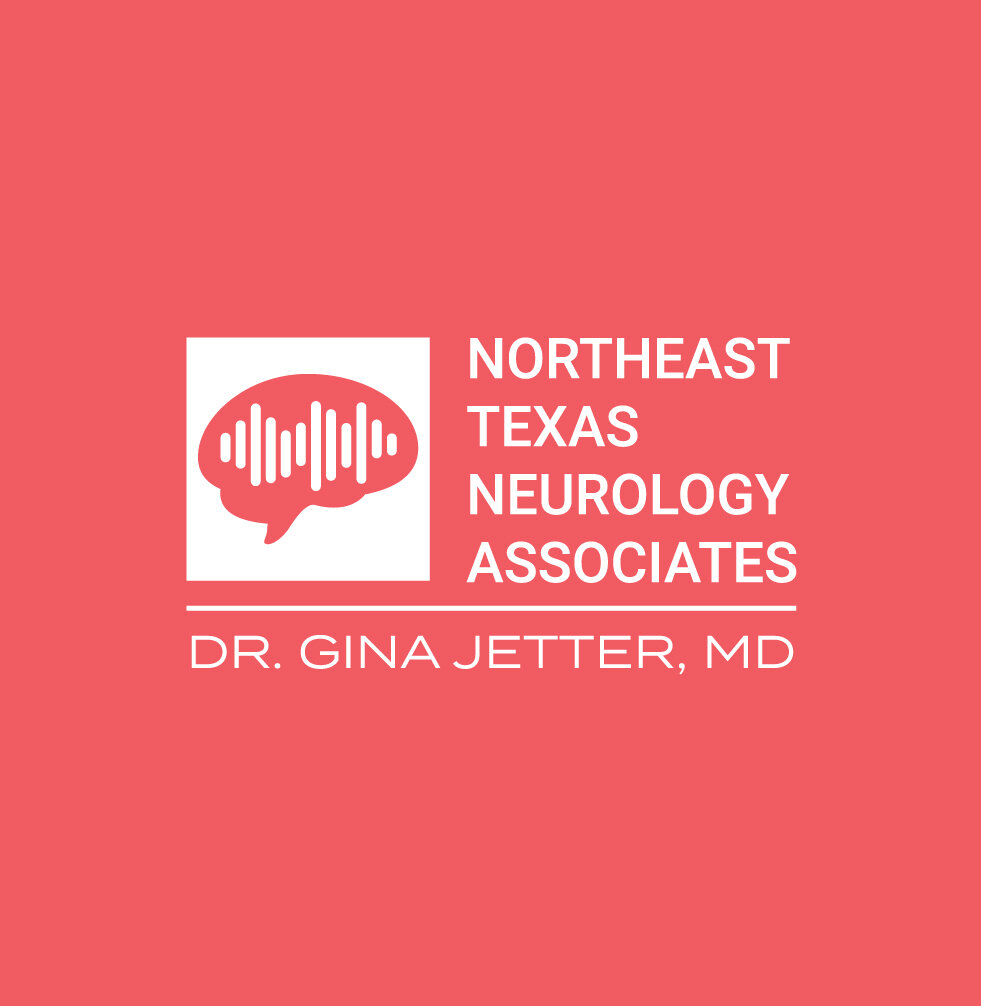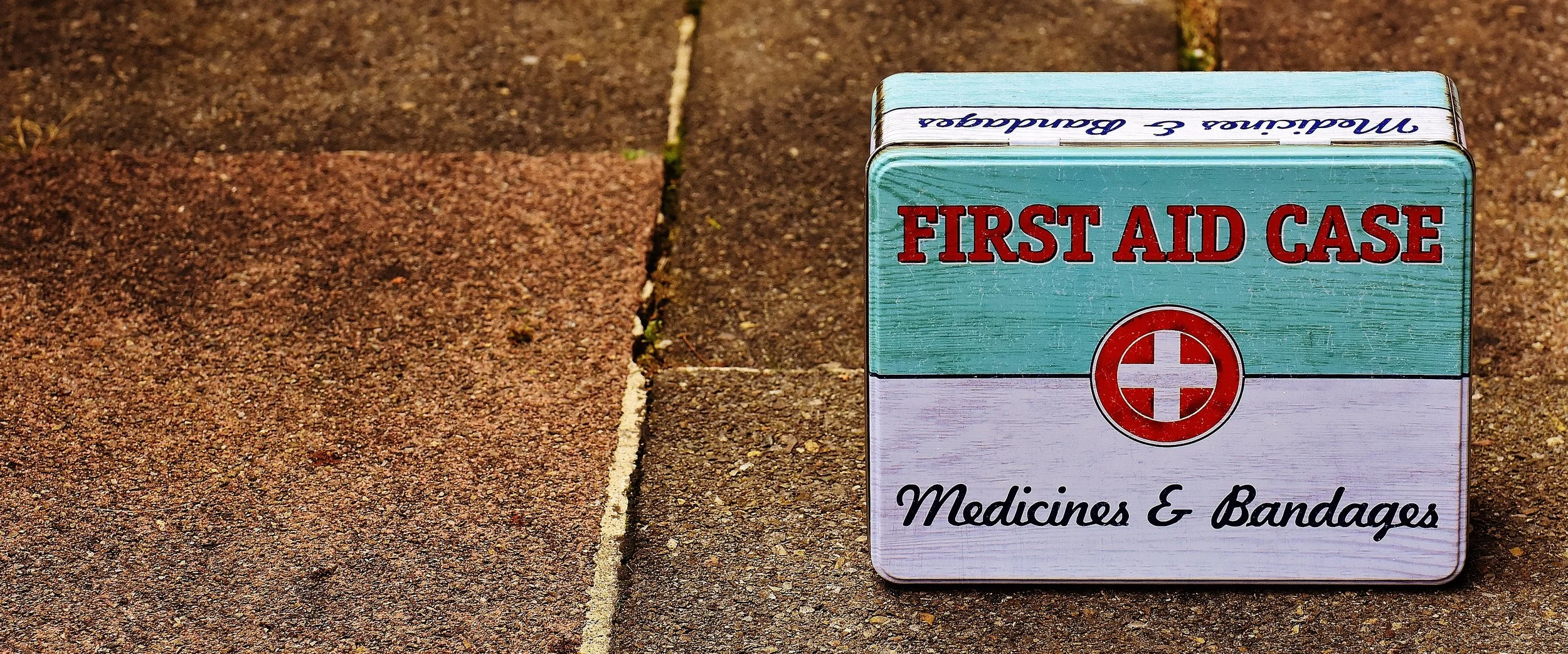Seizure First Aid - And When You Should Go To The Hospital
According to data and statistics from the CDC, Texas has almost 300,000 cases of active epilepsy. There are more than 3.4 million people across the nation with a history of seizure disorder or doctor-diagnosed epilepsy. Even if you don’t know someone who has seizures, one day you might need to help a person who is having or just had one. Here’s what you need to know.
Not All Seizures Look Alike
One misconception is that seizures all involve convulsions and a loss of consciousness. The truth is, seizures are a central nervous system disorder that cause a range of symptoms. Some people just seem to “check out” for a moment. Others might twitch or report visual changes.
The way seizures look to observers and feel to the person having them depends on what part of the brain they affect. Anything the brain can tell the body to do can also be caused by a seizure.
A simple focal seizure just impacts one area of the brain. The person might have trouble with movement, speech or memory during the seizure and for a little while after. The person might look confused, lose awareness or forget what just happened.
A generalized seizure affects both sides of the brain. There are several subtypes. Symptoms range from blank staring to violent shaking and stiffening. Epilepsy can start at any age.
First Aid for Seizures
If you notice someone is having a seizure, you can help keep them safe until it is over. Most of the time seizures only last a few minutes.
- Stay with the person until they are alert and responsive.
- If they are shaking or jerking, ease them to the floor and turn them on one side.
- Make sure there’s nothing around them that’s sharp or hard they could bang against.
- Place something soft under his or her head to protect it.
- If the person is wearing eyeglasses, remove them.
- Call for emergency assistance if the seizure lasts more than five minutes.
- See if the person is wearing medical instructions on a necklace or bracelet.
- When the seizure is over, explain what happened and offer reassurance.
- Ask if you can call someone or arrange for a ride.
Never Do These Things
During a seizure, avoid these actions:
- Don’t put anything in the person’s mouth. The person won’t swallow their tongue, but clenched teeth could splinter an object or your fingers.
- Don’t try to restrain him or her.
- Don’t try to give CPR. If the individual’s breathing is impacted, he or she will resume breathing normally once the seizure is over.
- Don’t offer the person anything to drink until he or she is fully alert.
When To Go to the Hospital
Most of the time it isn’t necessary to go to the hospital. When the seizure is over, the person may need help getting home and be tired and sore, but usually they don’t need emergency assistance. Call an ambulance if the person is convulsing for more than five minutes or if they seem to be having one seizure after another without regaining consciousness.
If you don’t know the person, or if it’s a friend or family member who has never before had a seizure, call 911. If during the seizure they injure themselves, stop breathing or hit their head, get them medical treatment.
When you or someone you know experiences seizures, schedule an appointment with the best seizure doctor in East Texas.


